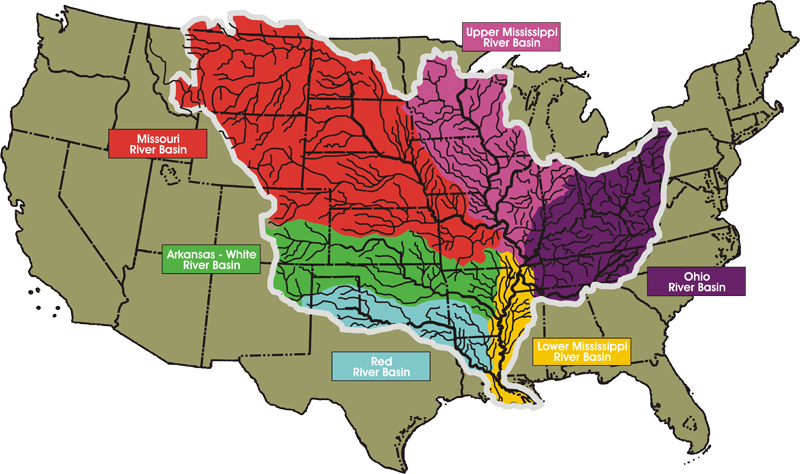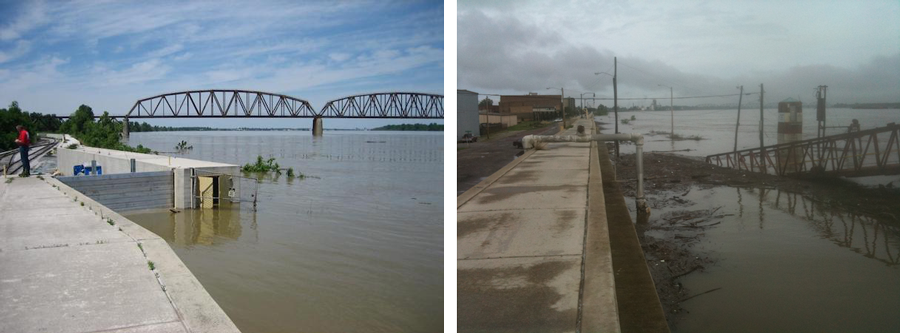Lower Mississippi River Basin Special Drought Webinar
About This Webinar:
Drought conditions continue to impact the Lower Mississippi River Basin, with over 73% of the Lower Mississippi watershed in moderate to extreme drought (D1–D3) and river levels recently hitting record lows in some areas. To provide the latest information on current drought conditions, impacts felt across economic sectors, and short-term and long-range outlooks, NOAA’s National Integrated Drought Information System (NIDIS) in partnership with NOAA’s National Weather Service, the U.S. Army Corps of Engineers, and the U.S. Department of Agriculture, hosted a webinar focused on the drought in the Lower Mississippi River corridor. The goal of the webinar was to raise awareness of the impacts on communities and sectors due to the current low river levels.
Key Webinar Takeaways:
Navigation along the Mississippi River became very difficult, and at times impossible, as the River reached near-record to record-low water levels in September and October 2022. These low river levels were caused by several factors including a multi-year drought in the Missouri River Basin and a more recent ‘flash drought’ in the Ohio River Basin. Recent improvements to drought conditions, along with actions taken by the U.S. Army Corps and the U.S. Coast Guard, have allowed for resumed but restricted navigation in recent weeks. Recent river forecasts suggest river levels will remain low, but not as extreme as was experienced in October while beginning a seasonal rise into winter.









